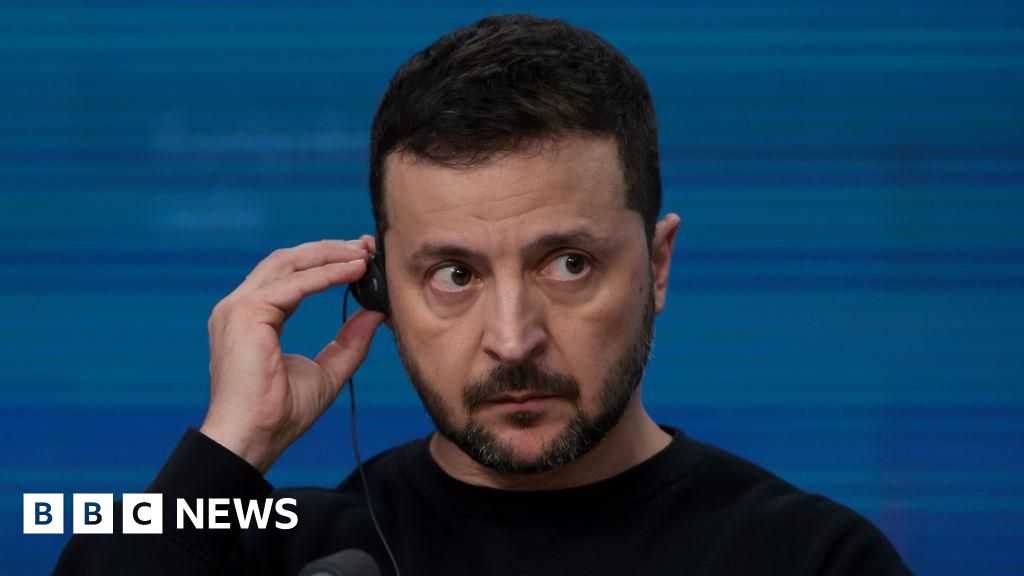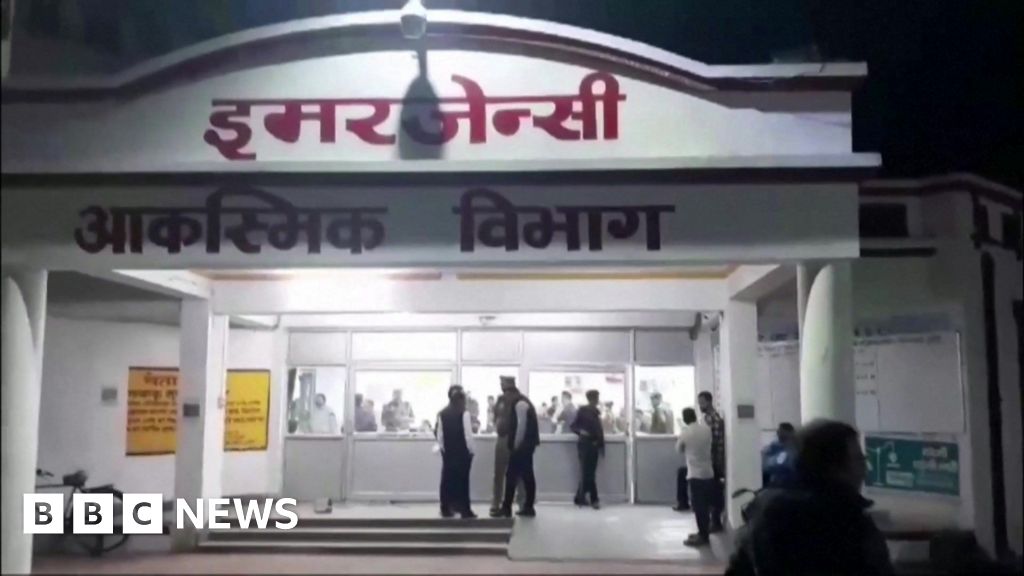ARTICLE AD BOX
Image source, Getty Images
Image caption,Elizabeth Holmes walks to court for closing arguments accompanied by her parents and her partner
Closing arguments have begun in the trial of Elizabeth Holmes, who is accused of lying about her once-lauded Silicon Valley blood-testing start-up Theranos to patients and investors.
Theranos falsely said it could detect diseases with a few drops of blood.
The prosecution argued that Ms Holmes lied when her "house of cards" faced financial failure.
The defence portrayed her as a hardworking CEO who believed in her company's mission.
"You know that at the first sign of trouble, the crooks cash out, criminals cover up and rats flee a sinking ship," defence attorney Kevin Downey said on Friday. But Ms Holmes stayed, he said, and she "went down with that ship when it went down".
The firm, at one point valued at $9bn (£6.5bn), was once the darling of Silicon Valley thanks to its promise to revolutionise the healthcare industry. But Theranos began to unravel in 2016 after a Wall Street Journal investigation reported that its core blood-testing technology did not work.
Ms Holmes, 37, faces nine counts of wire fraud and two counts of conspiracy. Each count carries a maximum sentence of 20 years in prison.
For three months at trial, jurors heard two starkly different accounts about the former self-made billionaire, whose downfall shook Silicon Valley.
The prosecution told of a conniving and ruthless businesswoman who intentionally lied to investors and patients about what Theranos could do.
Ms Holmes was able to raise more than $900m from billionaire investors such as media magnate Rupert Murdoch, tech mogul Larry Ellison and the family of former US Education Secretary Betsy DeVos.
On Thursday assistant US attorney Jeffrey Schenk said that Ms Holmes "chose fraud over business failure". The choice "was not only callous, it was criminal".
Mr Schenk tried to poke holes in Ms Holmes' claims that she never knowingly misled investors or patients. He reminded jurors of a text message sent from Ms Holmes to her former business partner and boyfriend, Ramesh "Sunny" Balwani, during a 2015 regulation inspection saying she was "praying literally nonstop".
The message demonstrated she had concerns about Theranos at the time of the inspection, Mr Schenk said. Ms Holmes had said that a highly critical report stemming from that inspection was a "lightbulb moment" for her, in which she realised her lab did not have the capabilities she had believed it did.
And Mr Schenk also referred back to a 2014 cover story in Fortune magazine on Ms Holmes, a story that helped cement her reputation as a Silicon Valley rising star. In a clip played to the jury, Ms Holmes is heard telling journalist Roger Parloff that Theranos labs ran only on the firm's proprietary devices.
This untrue, Mr Schenk reminded jurors. Theranos was using third-party machines at that time.
But on Friday, defence attorney Kevin Downey sought to deflect blame from Ms Holmes.
Investors who lost money with Thernanos' collapse bear responsibility, Mr Downey said.
And he picked apart the testimony of a star witness for the prosecution, Adam Rosendorff, Theranos' former lab director.
The lab was under Mr Rosendorff's purview, Mr Downey argued. "It was not Ms Holmes's responsibility."

 2 years ago
44
2 years ago
44








 English (US)
English (US)